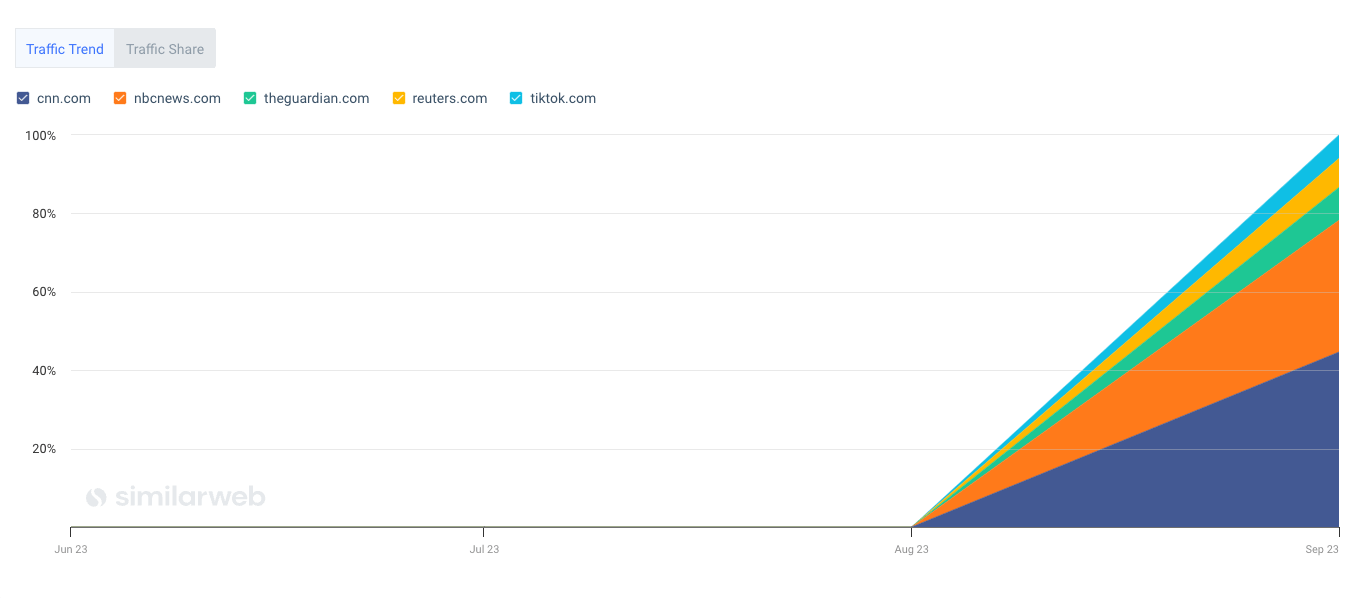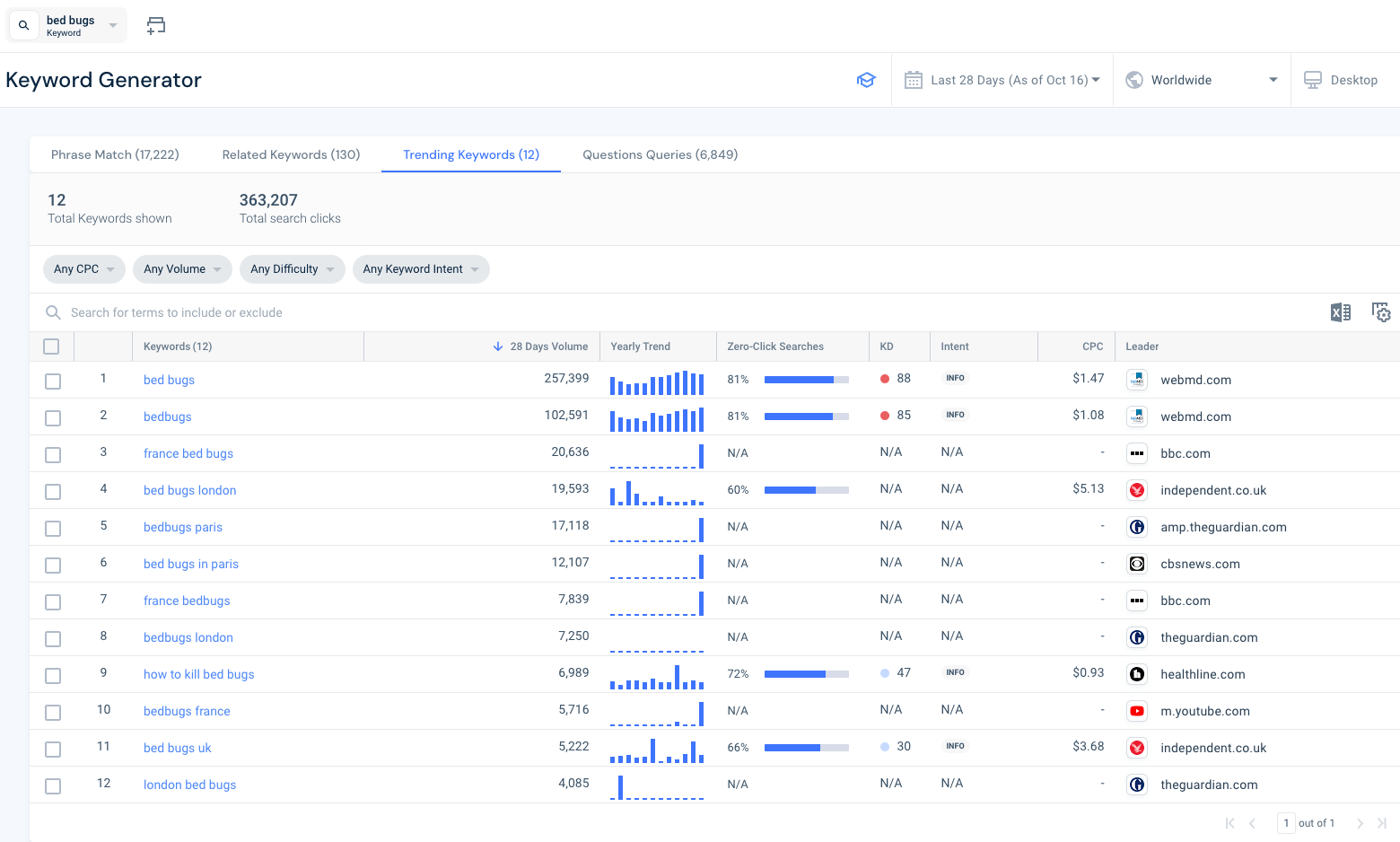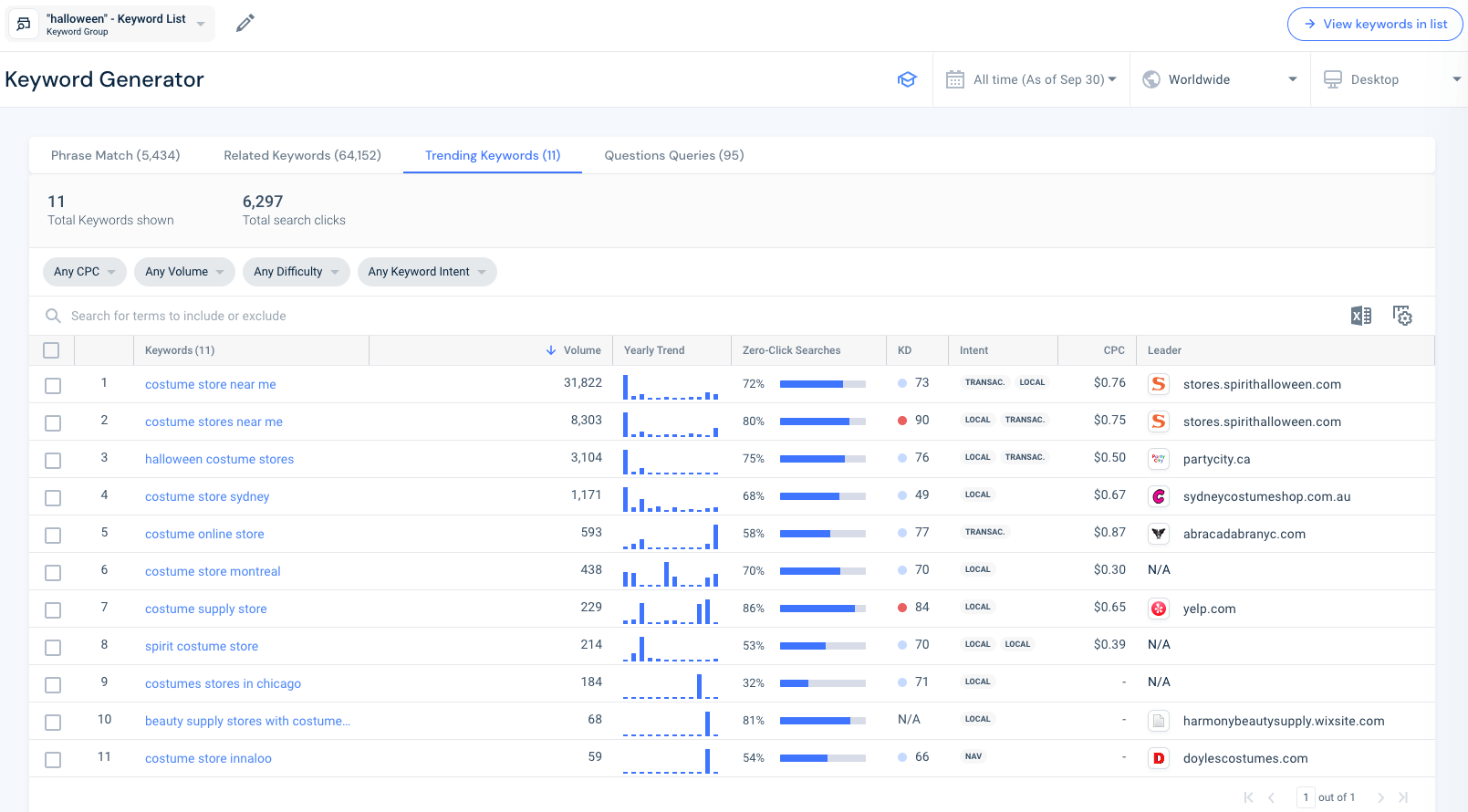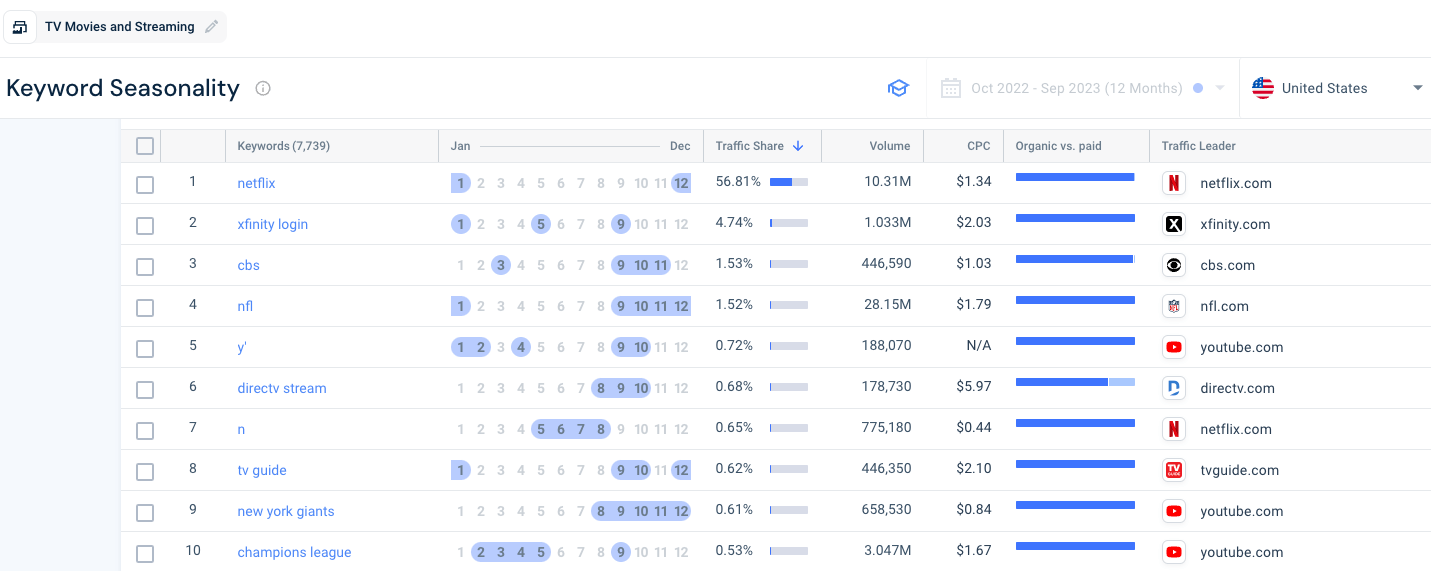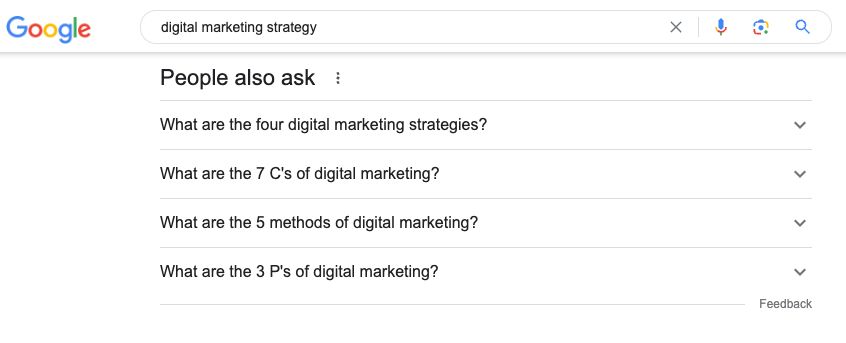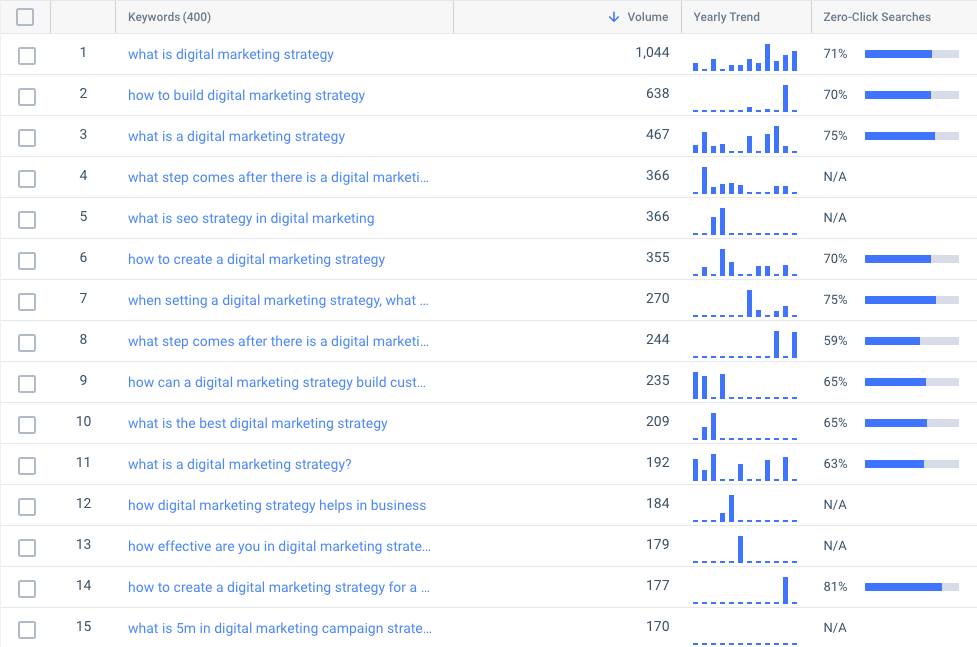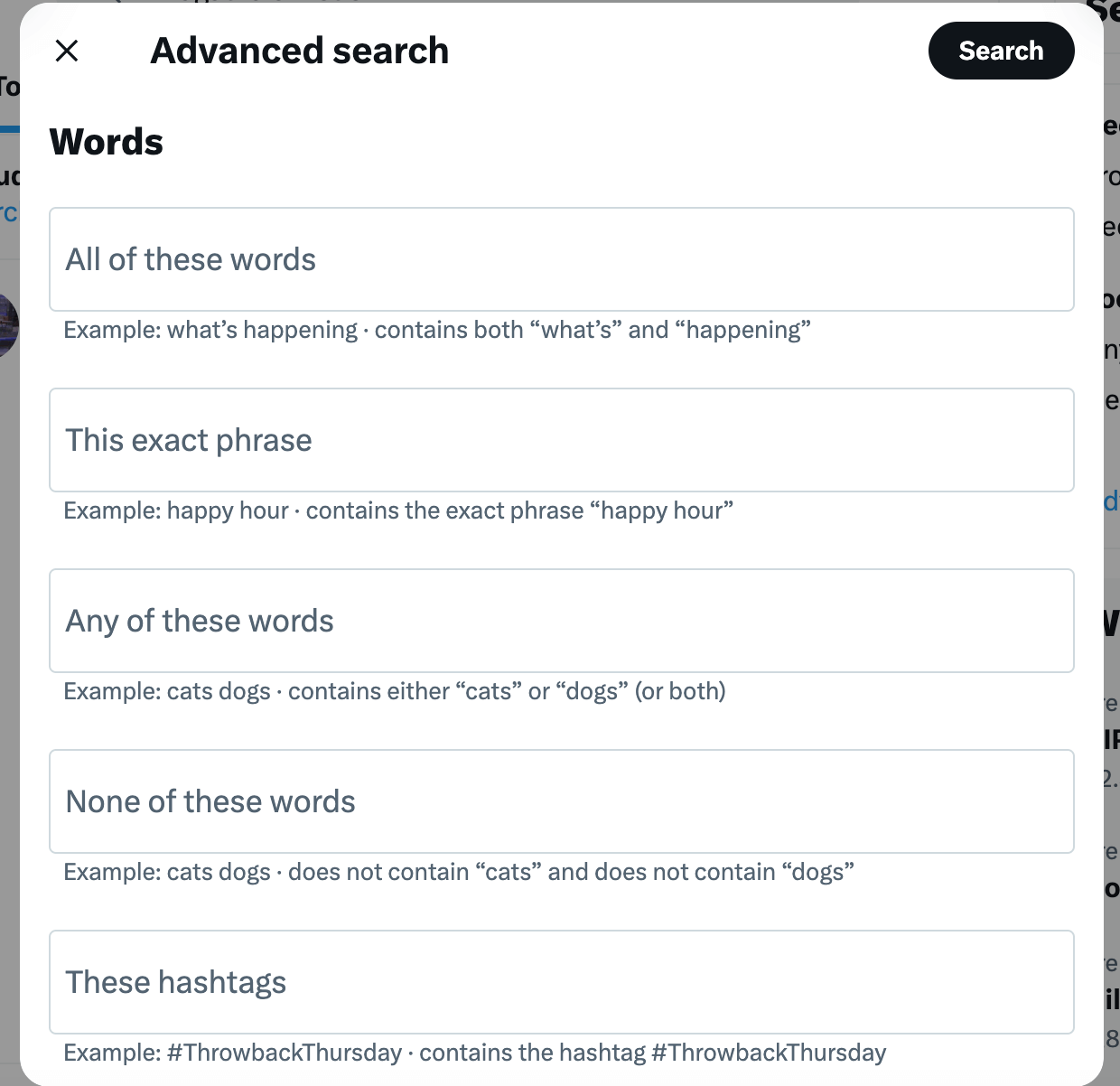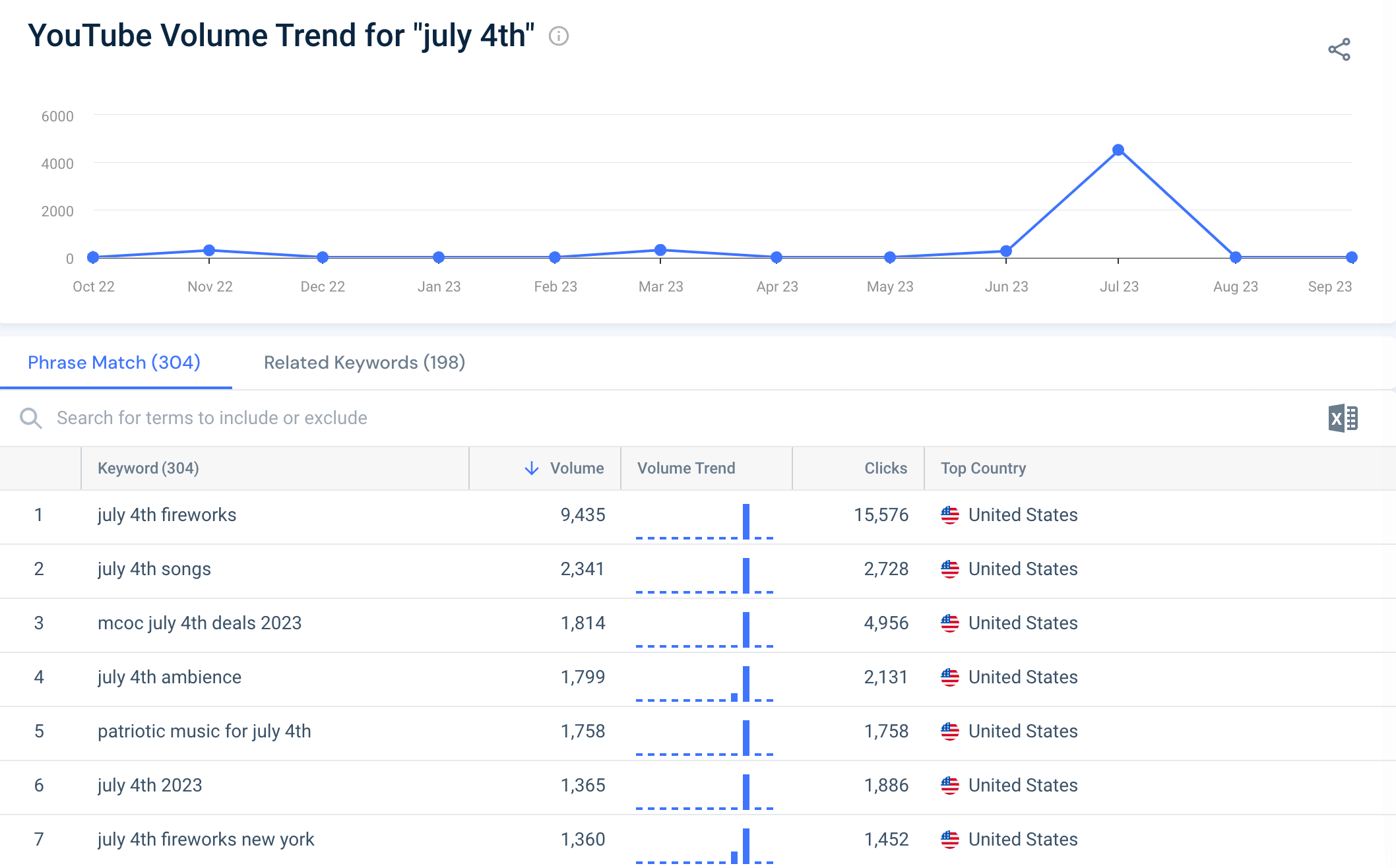How to Find Trending Topics: 6 Quick Steps

Keeping up with the Kardashians has become a whole lot easier than keeping up with trends in digital marketing and trends that will boost your digital marketing.
And unfortunately, the trends in marketing and on search are (almost always) more important to your business growth than what Kris Jenner has up her sleeve for her family antics this month.
Your business needs to grow along with your target audience, and that means being up to date with what they’re talking about, what they’re searching for, and what keywords they’re using on search – keeping it relevant to your brand, product or industry, of course.
Whether you’re looking for trends to talk about or consider for your social media, blog, email, or overall marketing campaigns, here is how to find out what’s trending on Google (and beyond):
How to find trending topics for your digital marketing strategy
There are a number of ways to find trending topics for your SEO, PPC or general digital marketing plans, including:
Step 1: Use keyword research tools
Keywords and search terms are a great indication of what’s going on in the ever-changing, ever-evolving world of trends.
When people search for something – literally anything – on Google, it will usually fall under one of four types of search intent:
- Informational: They want to find out more about [X]
- Navigational: They want to find a specific page for [X]
- Commercial: They want to do a bit of window shopping for [X]
- Transactional: They want to make a purchase of [X]
And all the above can point towards trends, trending topics, or trending products – especially if you can see the data to show a rising or big increase in search volume.
Enter: Similarweb, its keyword research tools and its fresh keyword data.
Exhibit A of Similarweb’s fresh data: The rise in traffic for the specific and very-much-trending topic of “bed bugs paris”.
Discover trending keywords that are rising or have a big increase in search volume using Similarweb’s Keyword Generator. With the Last 28 Day view, you don’t have to wait for a whole month to get the keyword data you need – instead, you get an idea of daily and weekly trending keywords on Google, right when they happen.
A big story in the news for mid-October 2023 is bed bugs making their way from Paris to London. Similarweb picks up these super fresh searches and converts them into data you can use for your digital marketing strategy. For example, one TikTok clip of a bed bug crawling on the leg of a London tube commuter went viral in less than a day, with multiple publishers sharing the video. Talk about audience reach.
By searching for a core keyword on the Keyword Generator, you will see trending topics and also the long-tail keywords that might be easier to win on search. But catch ‘em quick, because these trends and new stories can move quick – just like those bed bugs.
Step 2: Expand your keyword list to stay ultra relevant
1 in 6 searches on Google are brand new searches. That’s why it’s so important for you to keep on top of trending topics, any changes on search or to SERP features, but also your keyword strategy.
With so many new search terms created every second, the likelihood of new keywords that relate to your brand, product or industry coming through regularly is strong.
By maintaining in-depth competitor research and keyword research as new trends come and go (and sometimes come back again), you stay ahead of the game in terms of your keyword and content strategy, keeping your brand ultra relevant.
Similarweb’s Keyword Group feature lets you upload your full keyword list, and even suggests additional keywords that relate to this list and are good for SEO.
The Keyword Generator will then create a list of ‘Phrase Match’ keywords, offering up a mix of long-tail and short-tail keywords. By clicking on Trending Keywords, you get a good idea of what people are searching for there and then. Again, our Last 28 Day view comes in handy here, as well as the yearly trend of each keyword.
Here, we used our “halloween” keyword list to see the trending topics. It looks like everyone is being very last minute with their Halloween costumes and can’t be bothered with DIY last year – more on that in our recent post on Halloween trends in 2023.
Step 3: Spot the seasonal trends
Some trends come round time and time again. Some good, like Thanksgiving and Christmas, and some not so good, like ultra-lowrise jeans that should just stay in the 90s.
We call this seasonality – namely keyword seasonality on search when we’re talking about the keyword research behind finding trending topics.
The internet is full of wonderful things, including holiday calendars, marketing calendars, and (inter)national day calendars galore. But when there seems to be a day for absolutely everything, it can get a little overwhelming.
Using Similarweb, you can choose an industry (or a custom industry, made by you – because we know not every business fits into one box) to view topics and keywords that are actually related to your business, as well as their traffic share and search volume throughout the year.
The keyword seasonality of the search term “netflix” shows some love for the Christmas films… or the holiday promotions that the brand put on. Looking into the data, we can see “netflix cost” and “netflix price” in the top 20 Netflix-related keywords in December 2022 and January 2023 – same again this year?
*International Nose Picking Day is on April 23rd for anyone asking.
Step 4: See what questions people are asking
We’ve discussed search intent already, with informational search intent being one of the ‘big four’.
People are always wanting more information. Whether it’s about a new fashion trend, a trail of celebrity gossip, a new product on the market, or a new TikTok dance, people want to know it all. This is the same for making a purchase, committing to a subscription, and buying into a brand.
And how do they get this information? By asking questions.
By understanding the questions your target audiences are asking, you can see what is trending for them and create content to answer their questions. Ideally, this will help get your engagement up, but also help you gain trust and authority in your industry as a result. Two things that are key for brand awareness, and ultimately conversions.
These days, we believe that Google has all the answers, and it continues to be optimized to provide these answers quickly and efficiently – with its SERP features, for example. By Googling trending topics, you can discover more by looking into not only the high-ranking content or websites but also SERP features such as ‘People also ask’.
For a quick and full view of the questions people are asking around a specific keyword or topic, Similarweb provides a Question Queries view which selects the long-tail search terms in query form.
Step 5: Check the socials
Social media is a powerful tool in this day and age. No matter what your business’ presence or engagement rate on social media, you can use it to discover more about your target audience and what they’re saying about you and your competitors, but also to find trending topics.
On LinkedIn, you get a view of trending articles with LinkedIn News. On Twitter, you get a trending or ‘What’s Happening’ panel. On Instagram, you get an Explore page that is catered to your Instagram activities (including accounts you follow, posts you like, and posts you share). You get the gist.
For trends around more specific keywords or topics, you can use the search bar to find all tweets that include that search term or hashtag. Twitter’s Advanced Search feature will help to refine your search:
Using tools like XPro (previously known as TweetDeck) is a handy way to monitor social media hashtags, mentions and trends, and get a real-time view of what is being spoken about, and in what way. While it used to be a free third party tool for Twitter, in summer 2023 it rebranded to XPro and became a Twitter paid subscription service.
Step 6: Don’t forget about video
There’s no denying the internet’s love for video content. It’s why YouTube is such a common traffic leader in our website data, it’s why all social media platforms have adapted over time to enhance the use of video and reels, and it’s why the names of YouTube and TikTok influencers come up so frequently in the most searched things on Google.
The increase in engagement of social media posts and landing pages with video is well known by marketers around the world – in fact, 93% of companies have acquired new customers via a social media video. The rise of TikTok can’t go without mention, as we’ve seen it break into the corporate and commercial world like a boss.
But we’re not here to talk about your video marketing strategy, even though it’s clearly a great thing to consider. We’re here to talk about how to use video streaming platforms like YouTube to find trending topics.
For starters, YouTube has a Trending page which is split into:
- Trending
- Music
- Gaming
- Movies
Similar to Google Trends, YouTube’s trending page is ruled by what’s popular around the world, so tends to be filled with video content that fits into its other three categories. This content might not be applicable to your own business.
… and that’s where Similarweb comes in. The Keyword Generator is back, but this time to assess the search terms that people type into YouTube.
Enter a core keyword to the YouTube keyword tool to find what’s trending around it – this might be your product, your industry, or a more niche keyword your strategy is focusing on. Seeing as we’ve talked a lot about the holidays, why don’t we take “July 4th” as another example?
With a 12-month view, you can see the related keywords that link to your core keyword, including their search volume over the year. This gives you a good idea of what’s to come next year, so get planning and start winning with your content.
What are the best tools for finding trending topics?
Some of the tools that you can use to find trending topics are Similarweb, Google Trends, Buzzsumo, AnswerThePublic, and YouTube.
We touched on how you can use Similarweb to find trending keywords that link directly to your business and your search strategy, but with so many free or low-costing tools available, you can easily take a multichannel approach.
Here’s more about other keyword research tools that help you find trending topics:
Google Trends: With Google Trends, you get a full-view of the most talked about topics on the internet – and it’s free. It gives you quick comparisons between keywords, so if you have a good idea of what keywords to target and don’t need help finding new or trending ones that relate to your business, it’s a great tool to keep up with trending topics.
Buzzsumo: Create a custom feed for your chosen topics on Buzzsumo so you only see articles that relate to what you want to see. You’ll see the engagement rate for articles, including the number of social shares and backlinks it receives, to give you a good idea about what’s trending, your competitors’ content strategies, and which influencers could be worth working with.
AnswerThePublic: Another search listening tool, AnswerThePublic lists the questions that people are looking for around specific search terms, using the autocomplete data from search engines like Google. This is useful for generating content ideas and understanding user queries.
Why Similarweb? Fresh data, that’s why
Similarweb offers a complete keyword research toolkit for SEO and PPC professionals, as well as general marketers and content writers.
When it comes to catching trends, you want to catch them when they’re *actually* trending. Thanks to our ultra fresh keyword data, you can discover trending topics, deliver insightful content when it matters, and get results.
Don’t settle for less, and definitely don’t settle for data that’s a month behind the rest of the world (competitors included). Try Similarweb for free or speak with one of our experts to see how your business can grow with the freshest data on the market.
FAQs
Why is it important to find trending topics?
Staying on top of trending topics allows marketers to keep their content fresh, engage with their audience in real-time, and position their brand as up-to-date and relevant.
How can I incorporate trending topics into my marketing strategy?
Once you identify a trending topic using Similarweb, consider creating content around it, integrating it into your social media posts, or using it in your advertising campaigns. Being timely and relevant can greatly enhance audience engagement.
How does Similarweb help in finding these trending topics?
Similarweb provides data on popular keywords, rising search terms, and website rankings, giving marketers a direct look into what topics are currently capturing audience attention.
Are there other tools similar to Similarweb?
While there are other digital intelligence and SEO tools available, Similarweb is unique in its comprehensive insights into website traffic, audience behavior, and digital market share.
The #1 keyword research tool
Give it a try or talk to our marketing team — don’t worry, it’s free!
